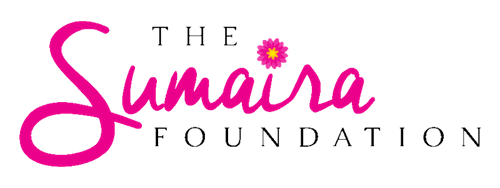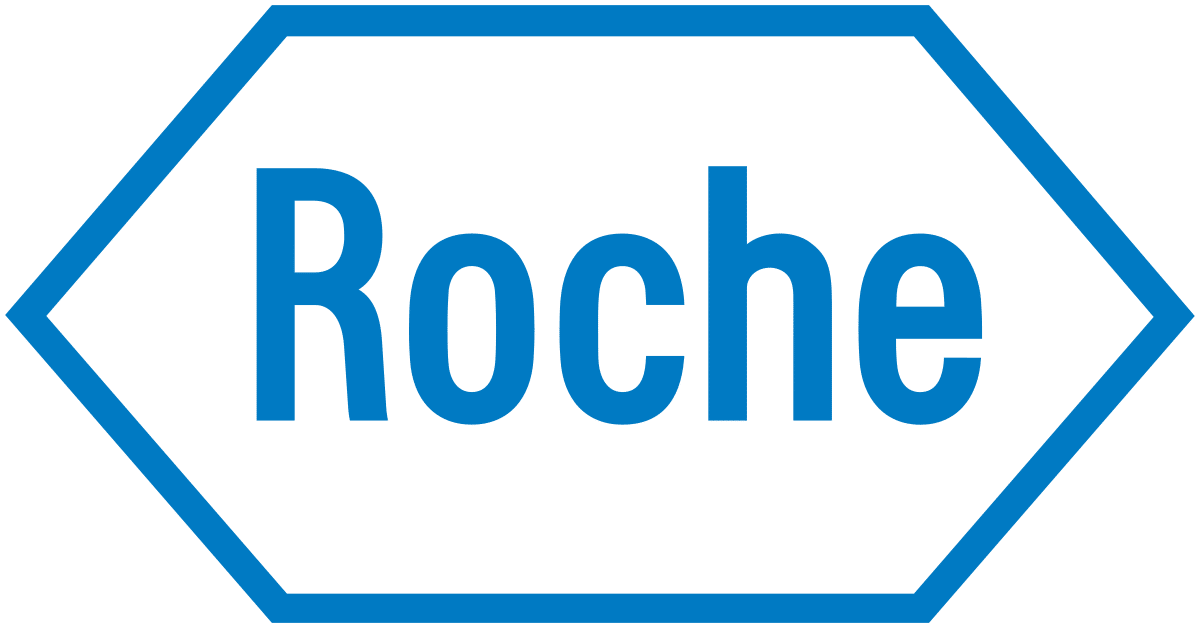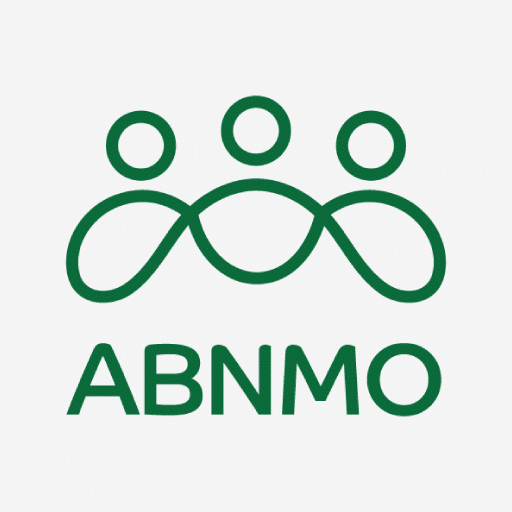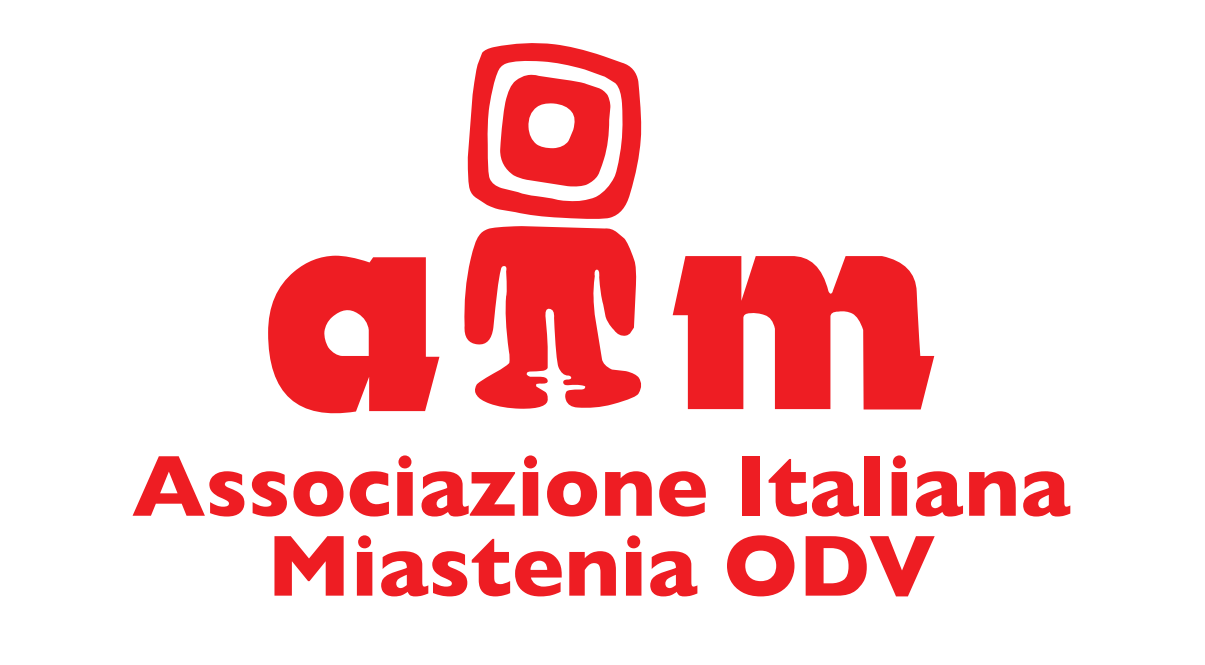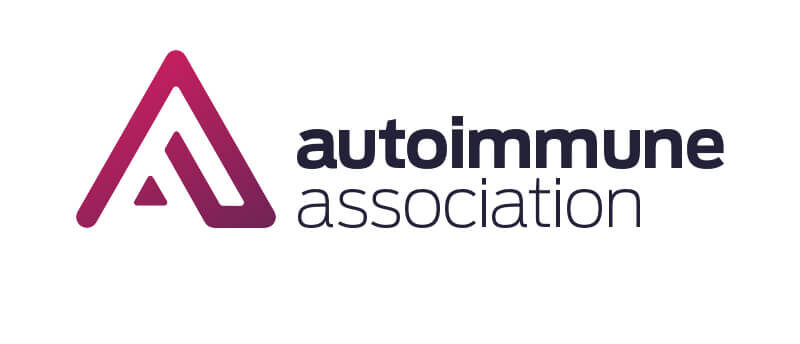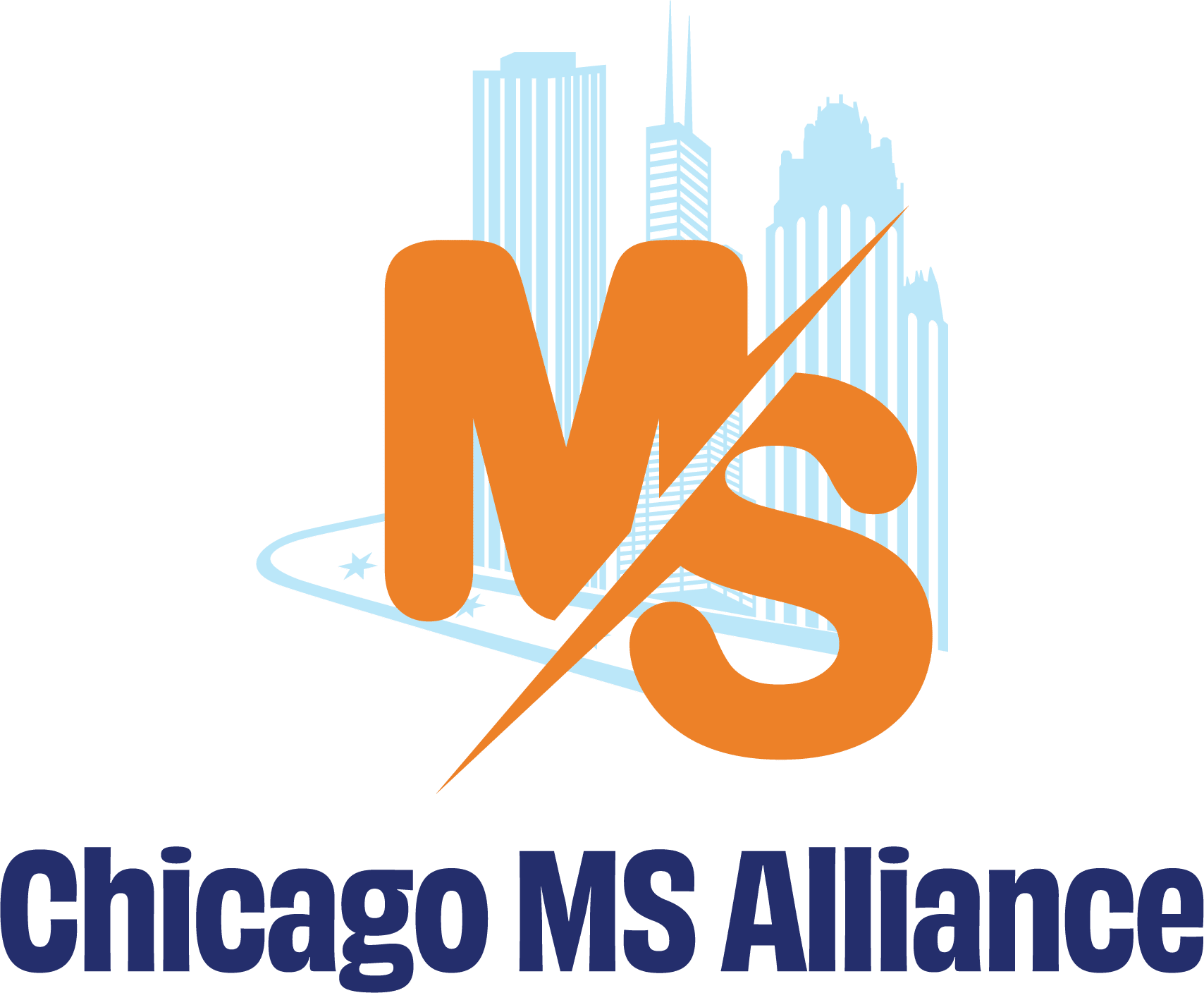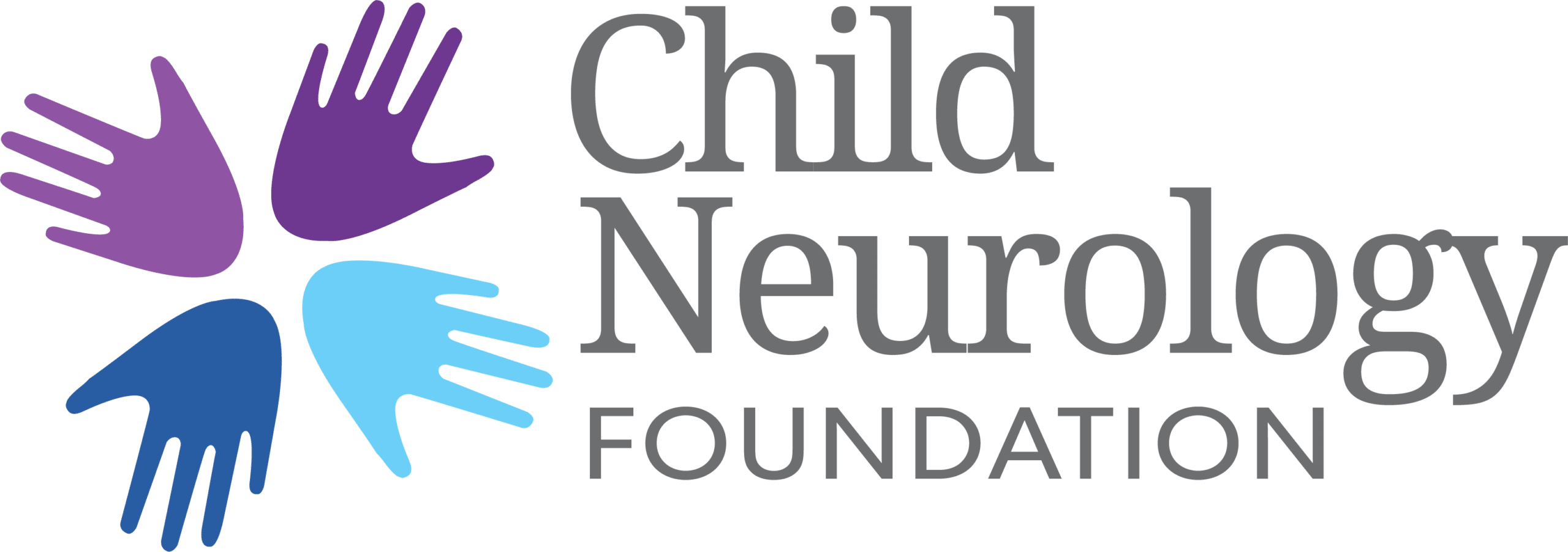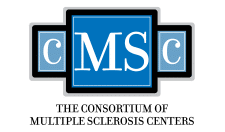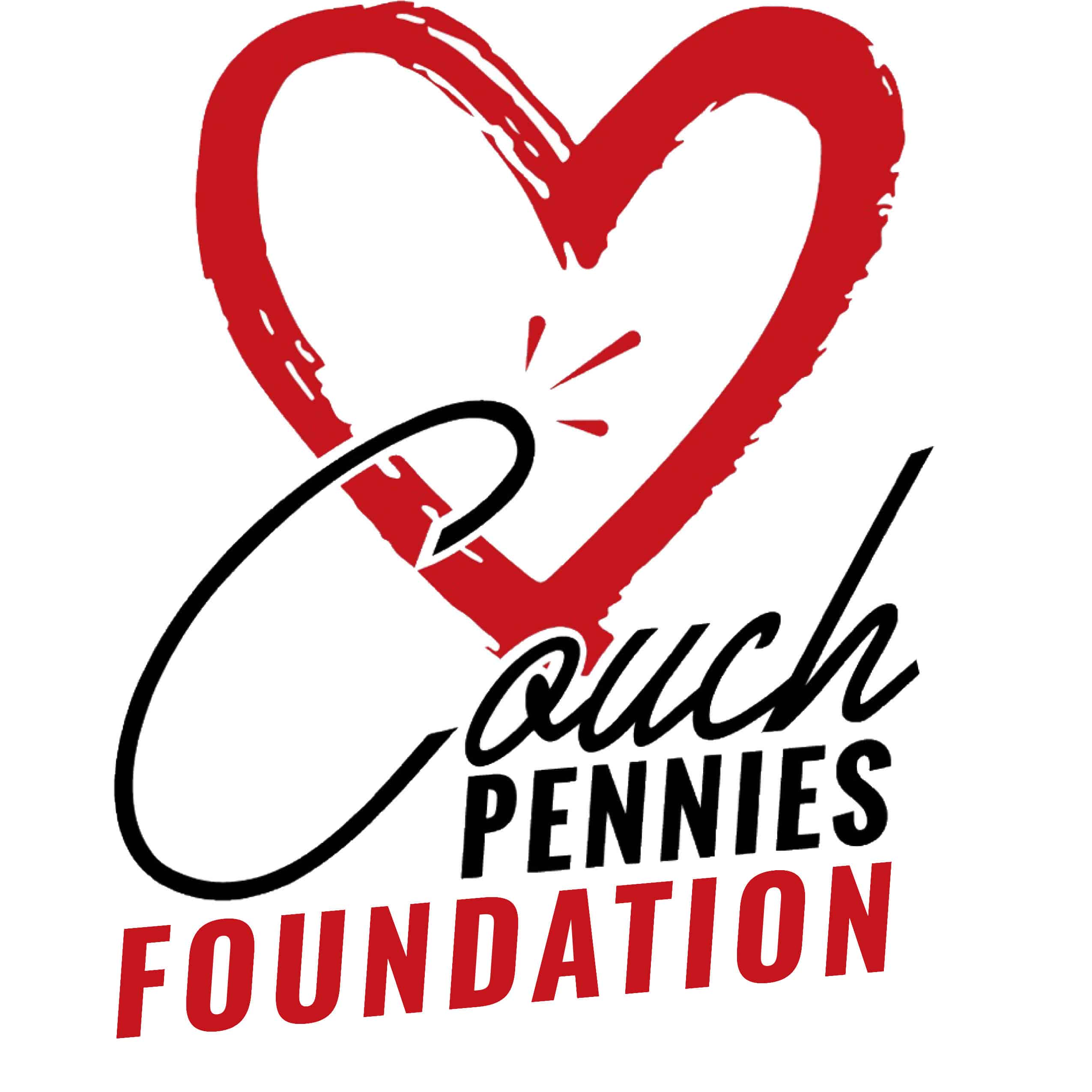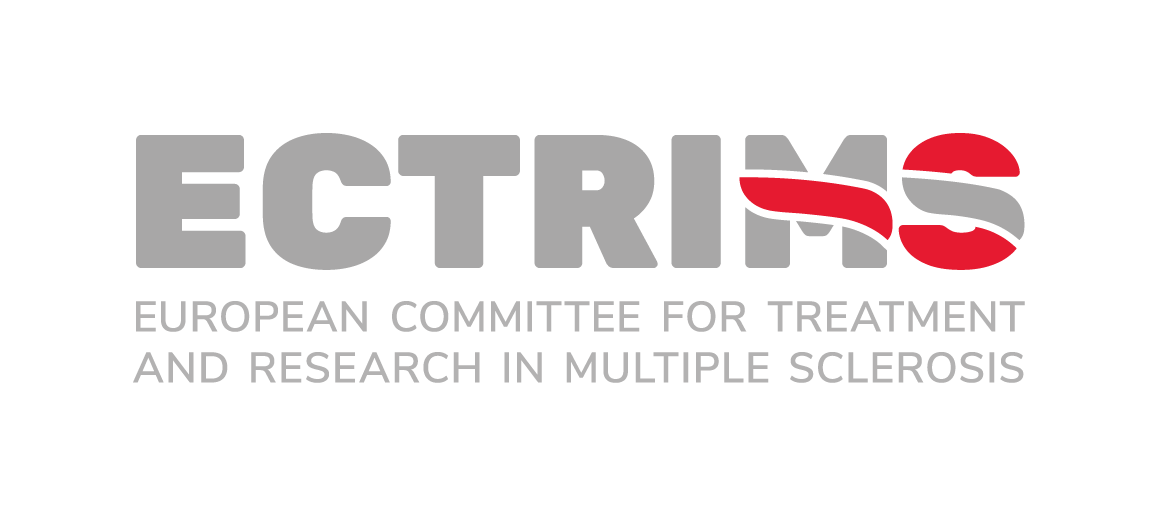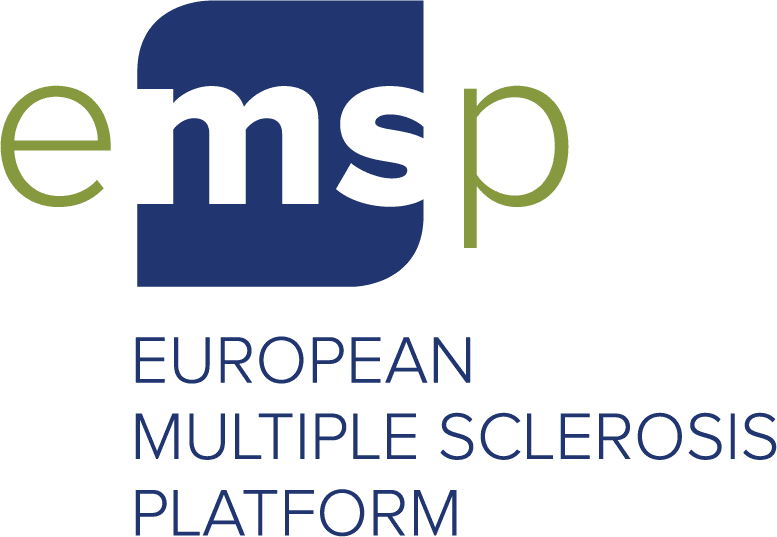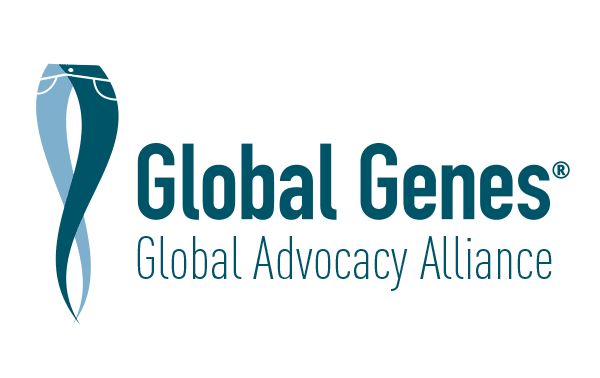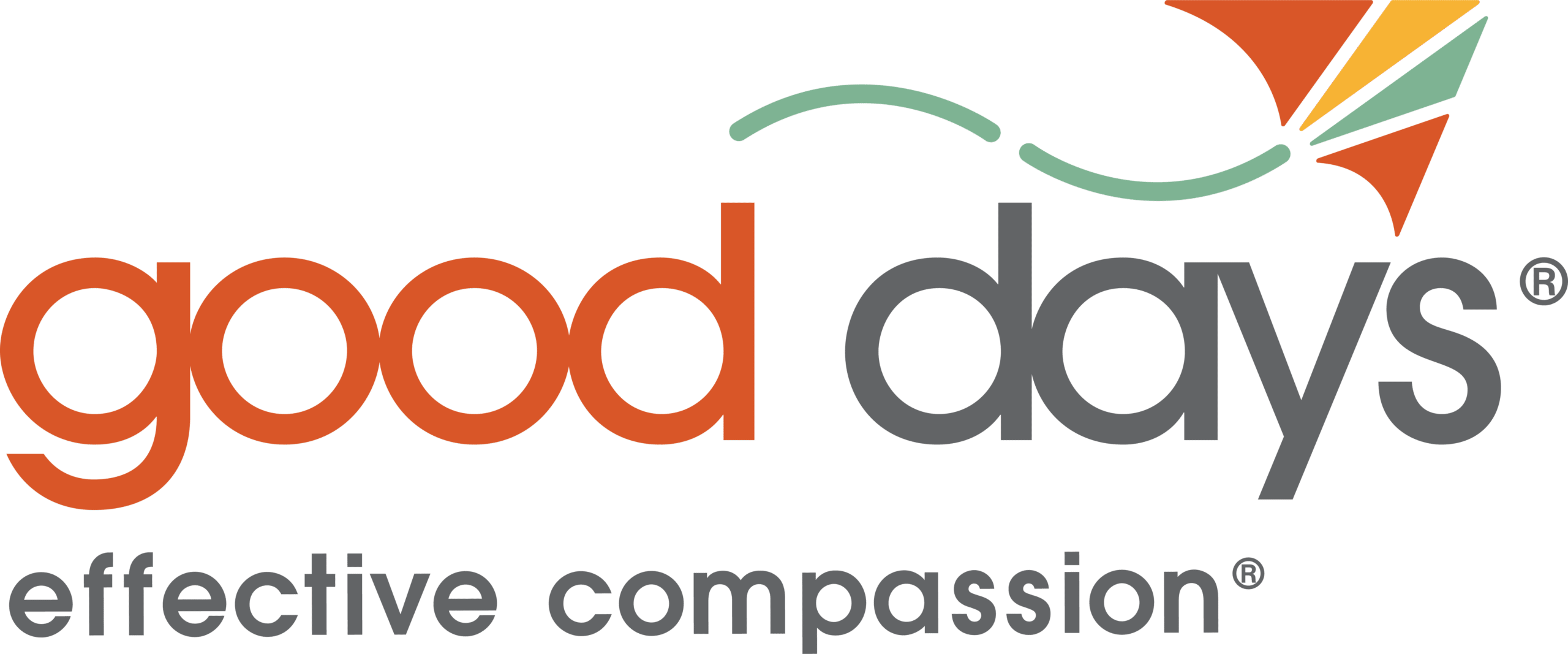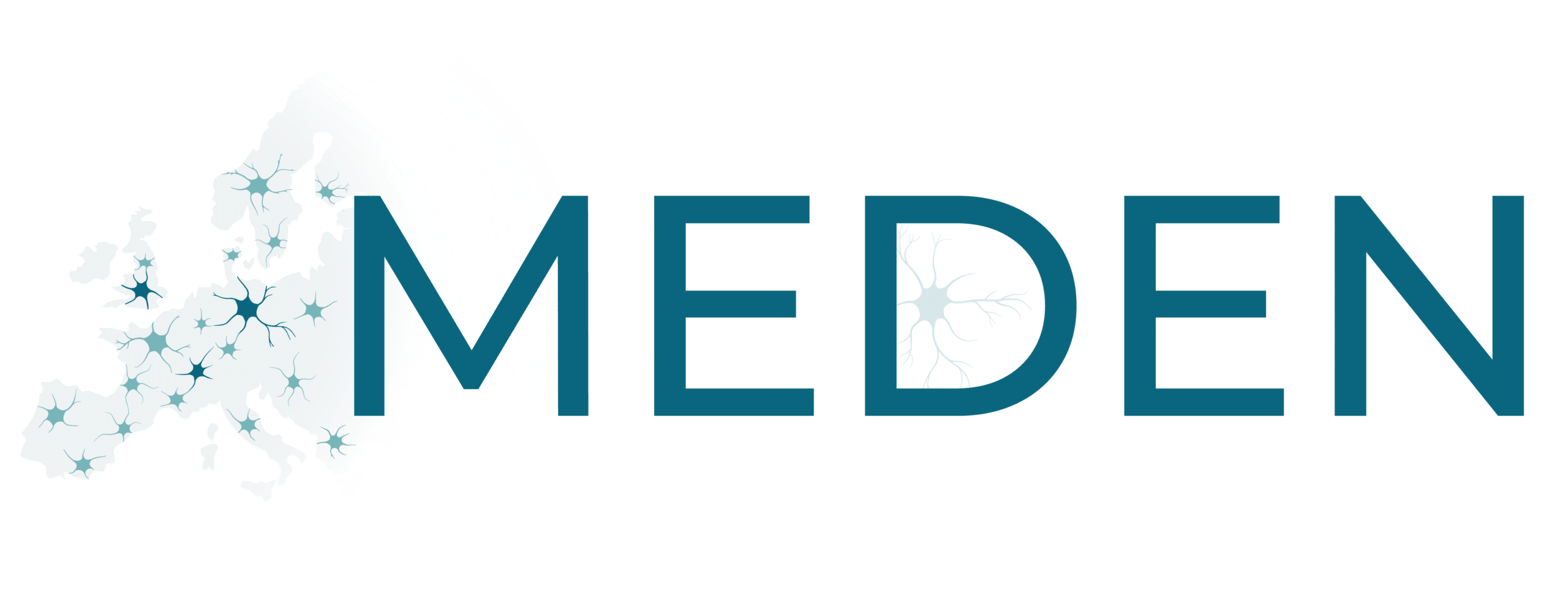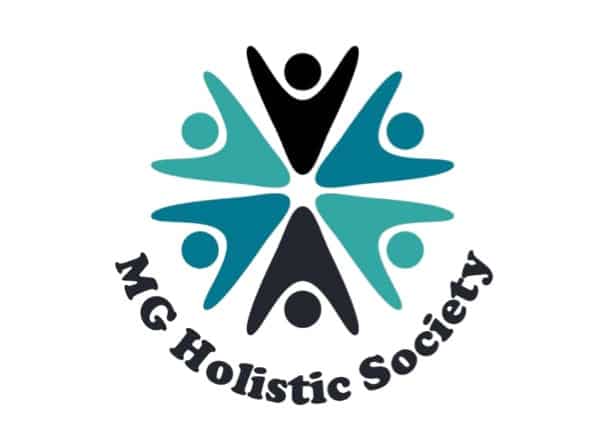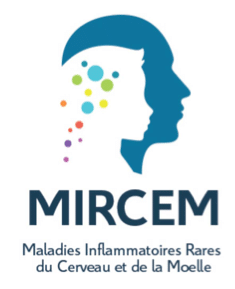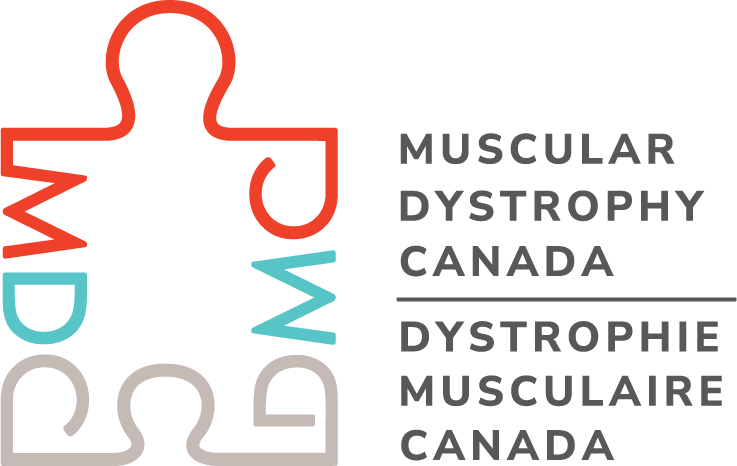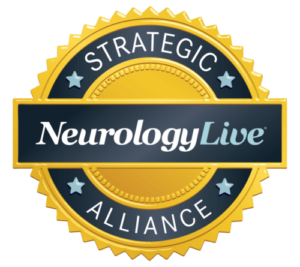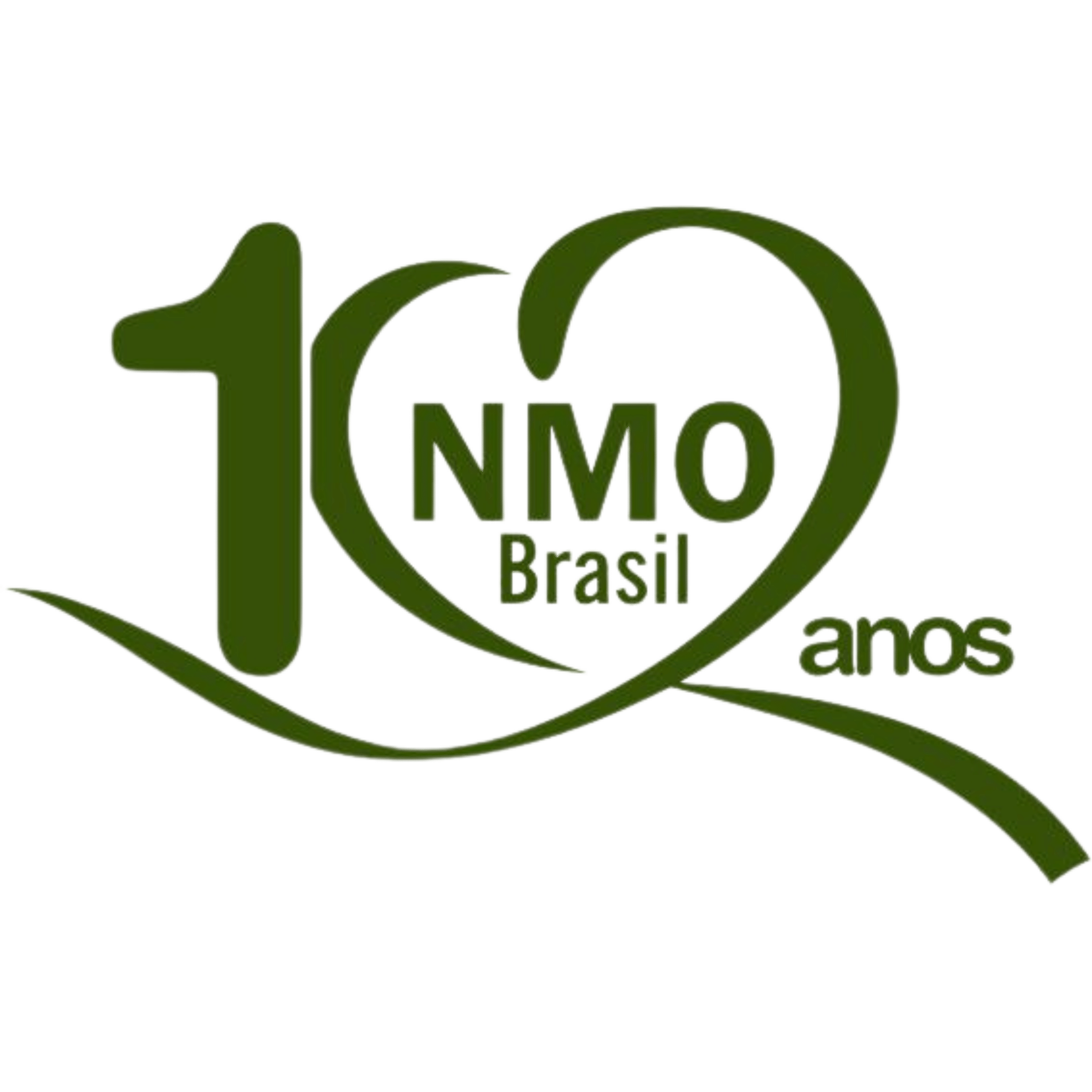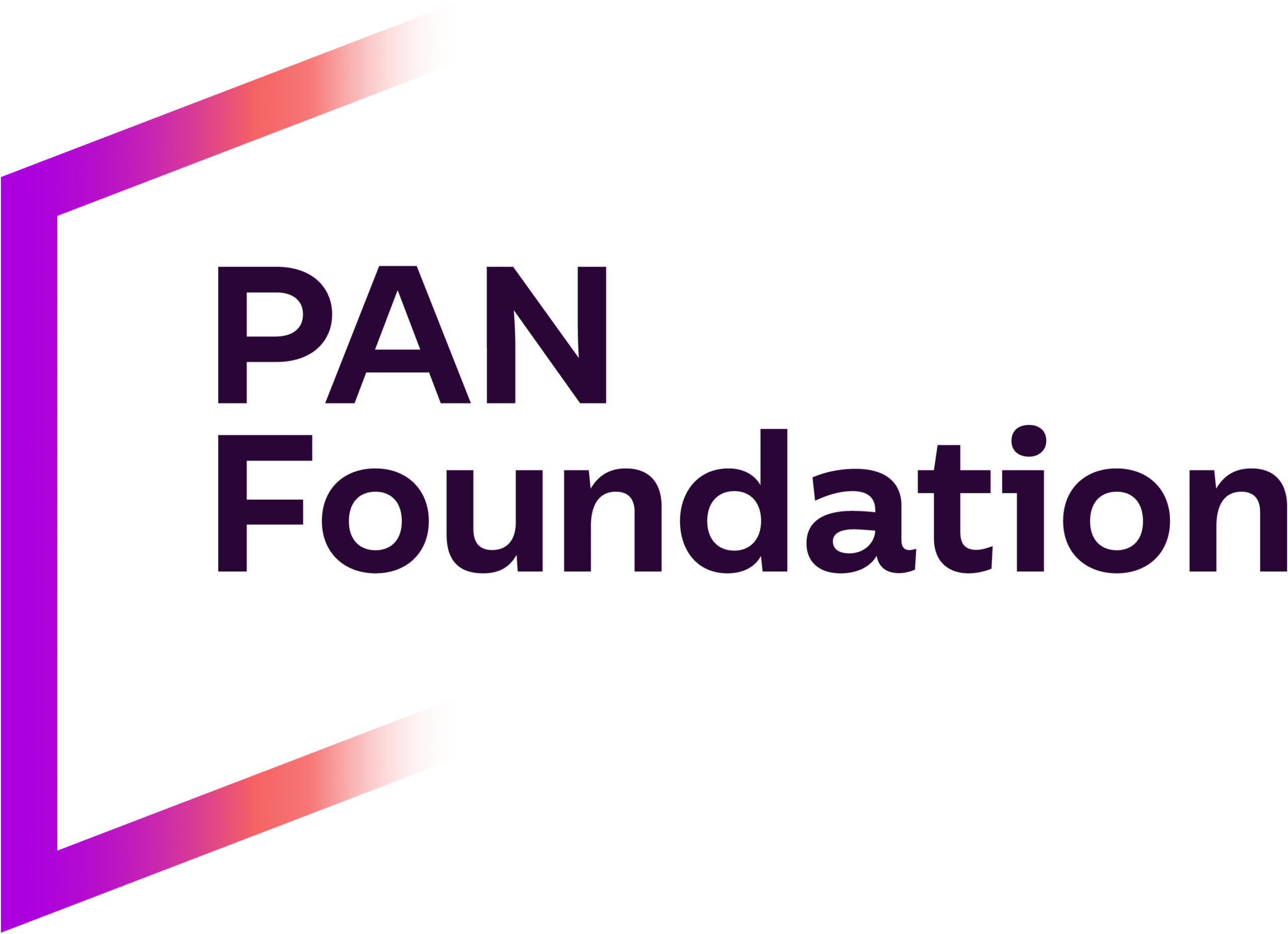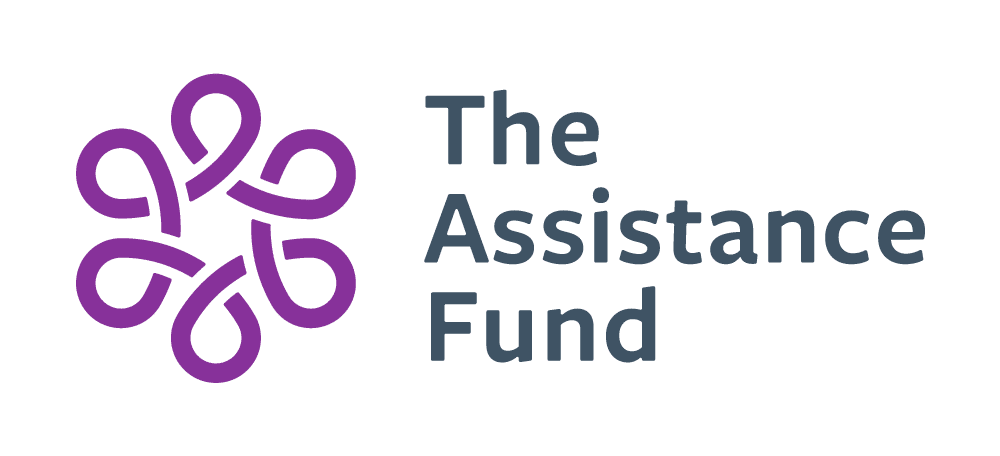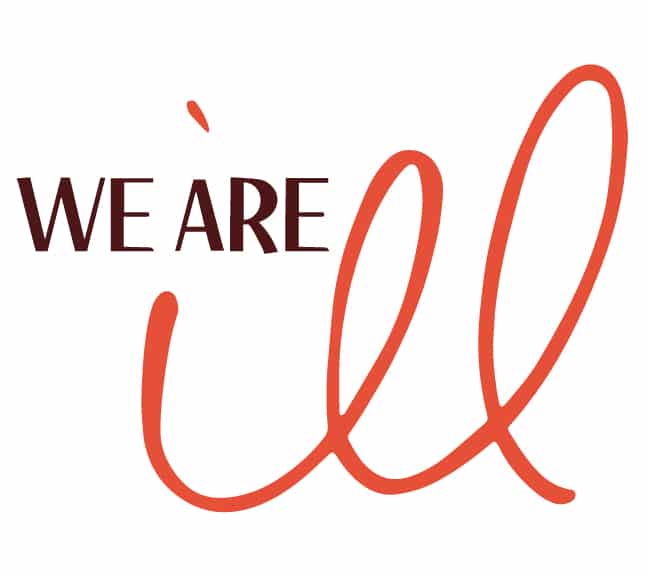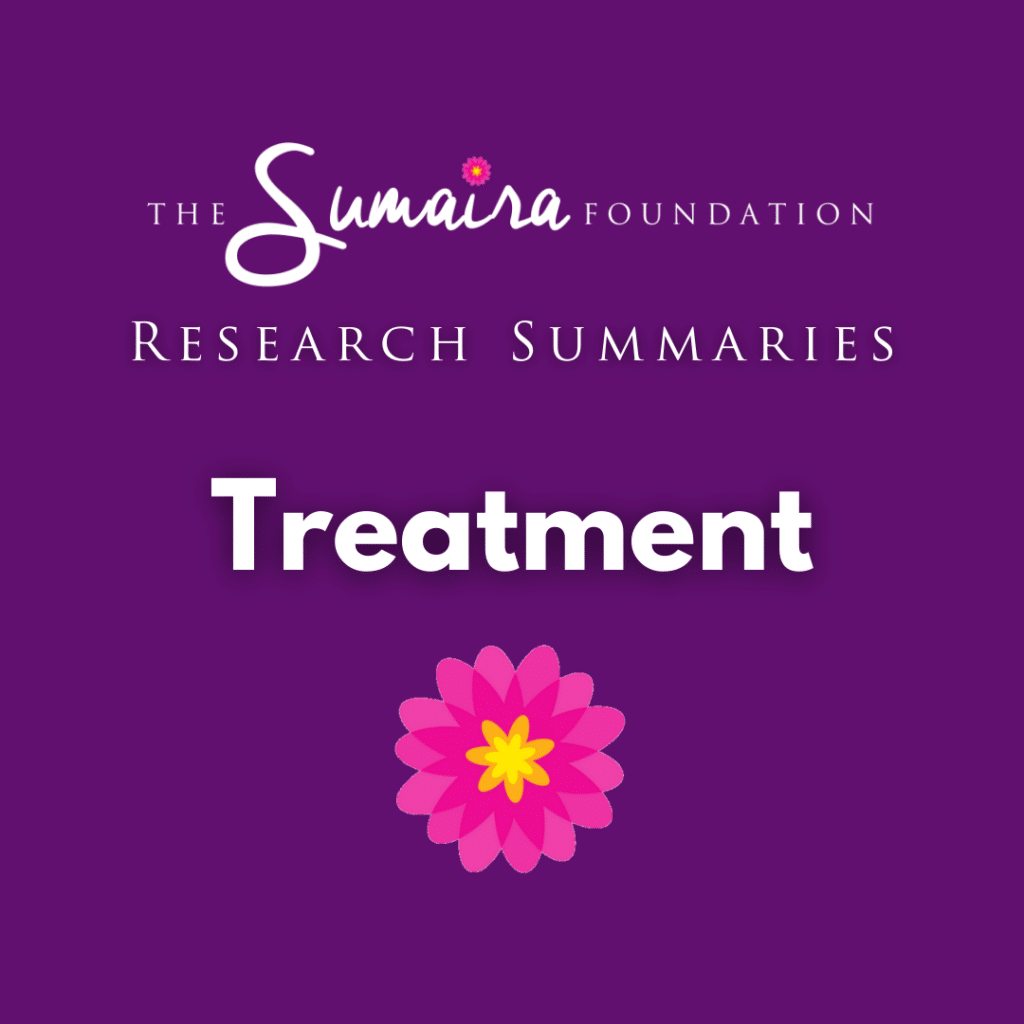
Real-world multicentre cohort study on choices and effectiveness of immunotherapies in NMOSD and MOGAD
Journal: Journal of Neurology, Neurosurgery, & Psychiatry; December 1, 2024
Author(s): Vivien Häußler, Corinna Trebst, Daniel Engels, Hanna Pellkofer, Joachim Havla, Ankelien Duchow, Patrick Schindler, Carolin Schwake, Thivya Pakeerathan, Katinka Fischer, Marius Ringelstein, Gero Lindenblatt, Martin W Hümmert, Daria Tkachenko, Franziska Bütow, Katrin Giglhuber, Martina Flaskamp, Insa Schiffmann, Mirjam Korporal-Kuhnke, Sven Jarius, Eva Dawin, Lisa Revie, Makbule Senel, Mariella Herfurth, Annette Walter, Mosche Pompsch, Ingo Kleiter, Klemens Angstwurm, Matthias Kaste, Matthias Grothe, Jonathan Wickel, Paulus Stefan Rommer, Jörn Peter Sieb, Markus Krämer, Florian Then Bergh, Hayrettin Tumani, Luisa Klotz, Brigitte Wildemann, Orhan Aktas, Ilya Ayzenberg, Judith Bellmann-Strobl, Friedemann Paul, Tania Kümpfel, Tim Friede, Achim Berthele, Jan-Patrick Stellmann on behalf of the Neuromyelitis optica study group (NEMOS)
How are immunosuppressive treatments chosen and how effective are they in normal care?
In NMOSD or MOGAD, recurrent attacks can lead to severe disability in patients. This study assessed how immunosuppressive treatments are chosen for NMOSD and MOGAD patients in normal medical practice, how and when treatment approaches are changed, and how effective these treatments are.
This study included 493 patients with NMOSD—320 testing positive for aquaporin-4 antibodies (AQP4 positive) and 44 testing negative (seronegative NMOSD)—and 129 MOGAD patients.
These patient data were obtained from across 19 German hospitals and 1 Austrian hospital.
These data were obtained from databases (also called “registries”) recorded between 1975 and 2022.
Rituximab and azathioprine were the most widely used treatments for both NMOSD and MOGAD. In 2010, treatments typically used for multiple sclerosis (MS) were still being used for NMOSD and MOGAD in almost 20% cases, but by 2022, MS drugs were no longer being prescribed for NMOSD and MOGAD.
Since 2019, newly approved treatments for NMOSD—eculizumab, inebilizumab, ravulizumab, and satralizumab—have gradually increased in usage for AQP4-positive NMOSD.
Standard immunosuppressive treatment options were strongly effective in preventing relapses for NMOSD patients, but less so for MOGAD patients. The different medicines varied in their levels of effectiveness: azathioprine, rituximab, and eculizumab showed best results for AQP4-positive NMOSD.
Patients who had experienced one relapse while on a particular treatment were more likely to have subsequent relapses. This indicates that a change of treatment may be considered in the case of a relapse.
Related article: Understanding Treatment Decisions in Neuromyelitis Optica Spectrum Disorder: A Global Clinical Record Review with Patient Interviews
Free Access: Full text
